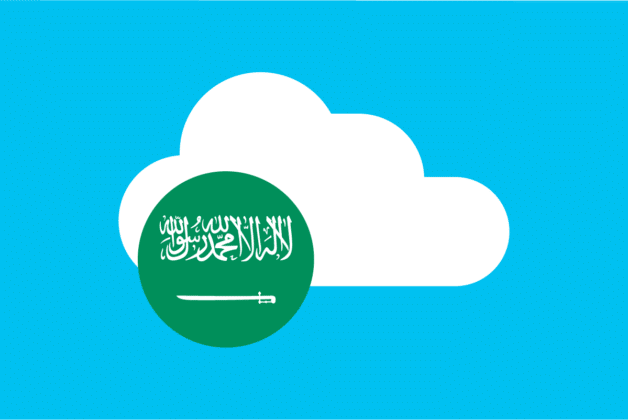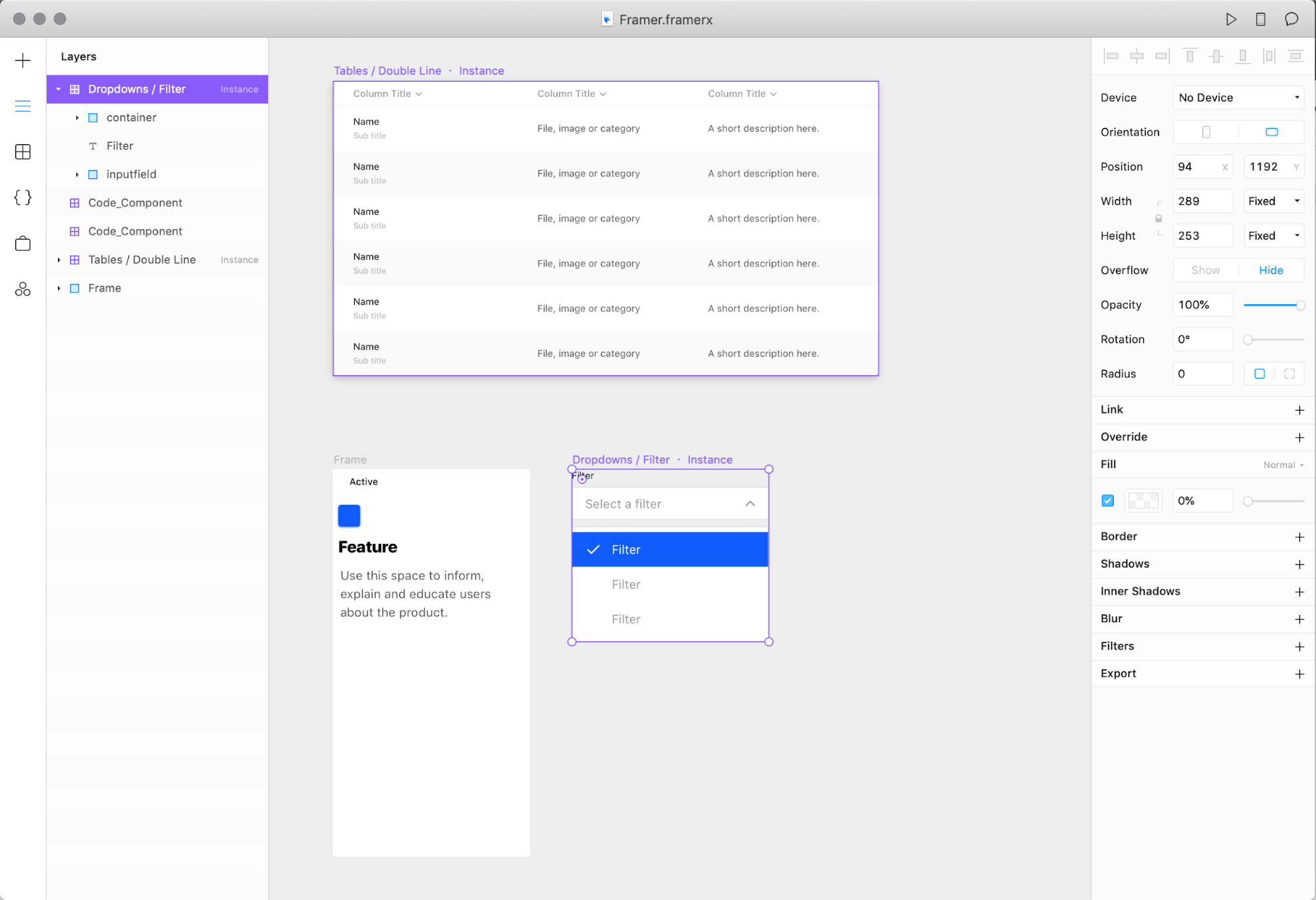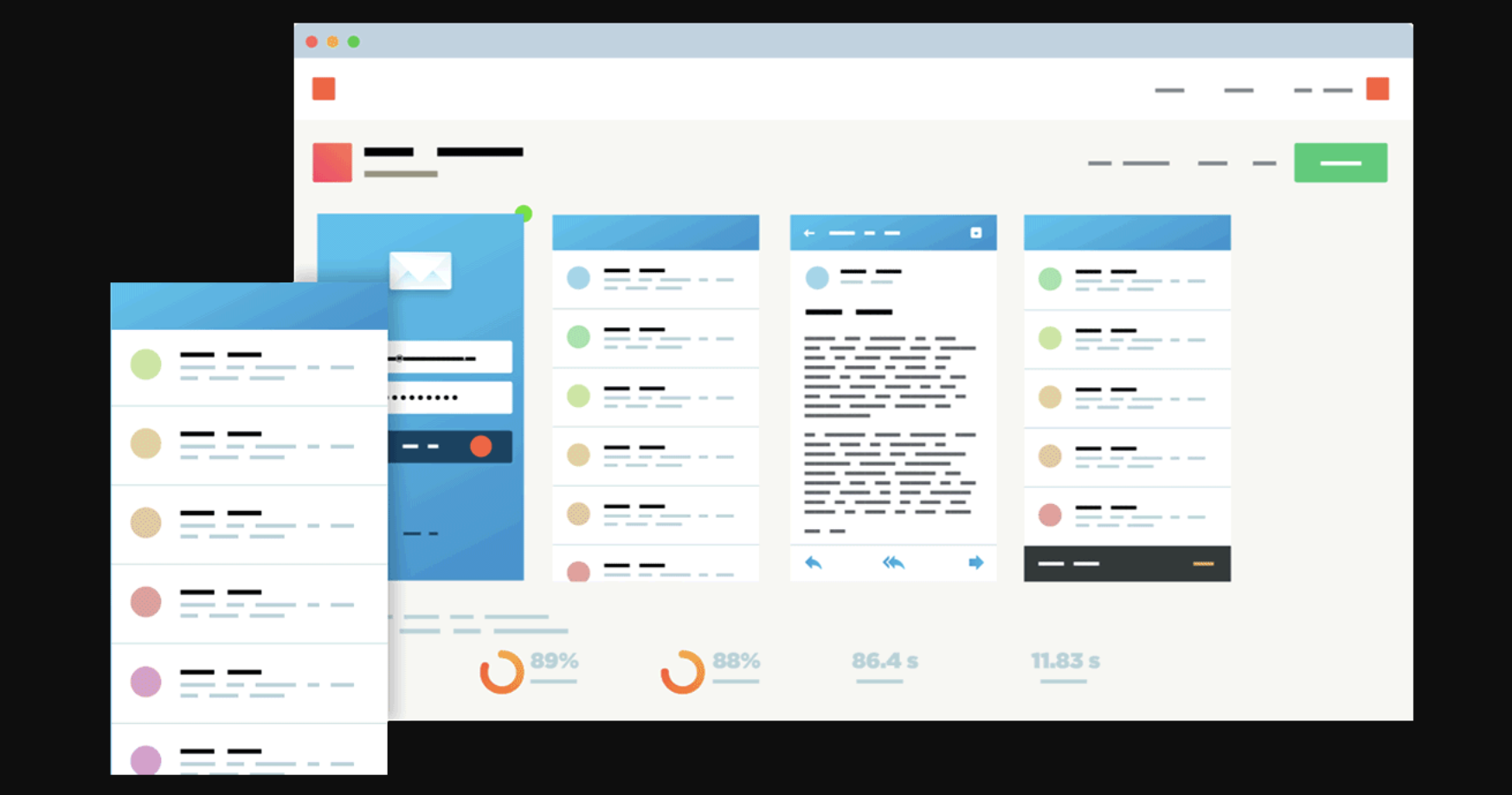Exploration – Phase 1: Brainstorming & sketches.
This is probably the freest and more creative phase. Especially at the beginning, it’s essential to consider every idea that arises from a close reading of the requirements of new functionality and the characteristics of the user profiles involved.
Given this, there are many techniques, individuals and collective, to generate ideas that are not just a chat in a meeting room but that gives some tangible results that can be modified, worked on, destroyed, and evolved.
Based on the starting level of detail, we aim to:
- Create maps to tell why a certain choice is proposed;
- Define diagrams to describe the relationships between the concepts more and less distant from the problem in question;
- Outline which aspects, actions or interactions cannot be missing and which will have lower priority;
- Prepare storyboards for use or interaction with functionality.
Fundamental aspects of this phase are:
- Involving the right stakeholders (the audience may vary from users to colleagues from different departments);
- Encouraging free expression and the integration of ideas and proposals;
- Nurturing the « think out of the box » mindset by promoting an unconventional approach in elaborating new ideas and interpreting the request.
But how can we make everything tangible?
Often the greatest effort required to the participants of these design activities is to put their idea on paper.
The most immediate and unpretentious technique is simply sketching.
With a few pens and colors, anyone can be proactive and find his/her communication register.
We practice sketching because we consider it a valuable exercise to express ideas and potential solutions using rough diagrams and sketches rather than just using words.
Visuals can generate further ideas and providing a wider lens of thinking.
The request for sketching out ideas is not to develop beautiful drawings to hang on the wall. They should be as simple and rough as possible, with just enough detail to convey meaning.
In short, some sketches in exchange for coffee and pastries offered to the participants seems to be a good compromise.
This technique helps us to focus on possible positive paths and to abandon, in advance, suboptimal design choices.
Sketches can be the key to explore and collect concepts without worrying about their quality. They encourage our participants to discuss, compare, and analyze solutions in a more critical sense, understand their potential constraints and strengths.
That’s why sketches are a great tool to help us choose which ideas are worth pursuing.
 Regarder
Regarder




 Greta Babbini
Greta Babbini
0 commentaires